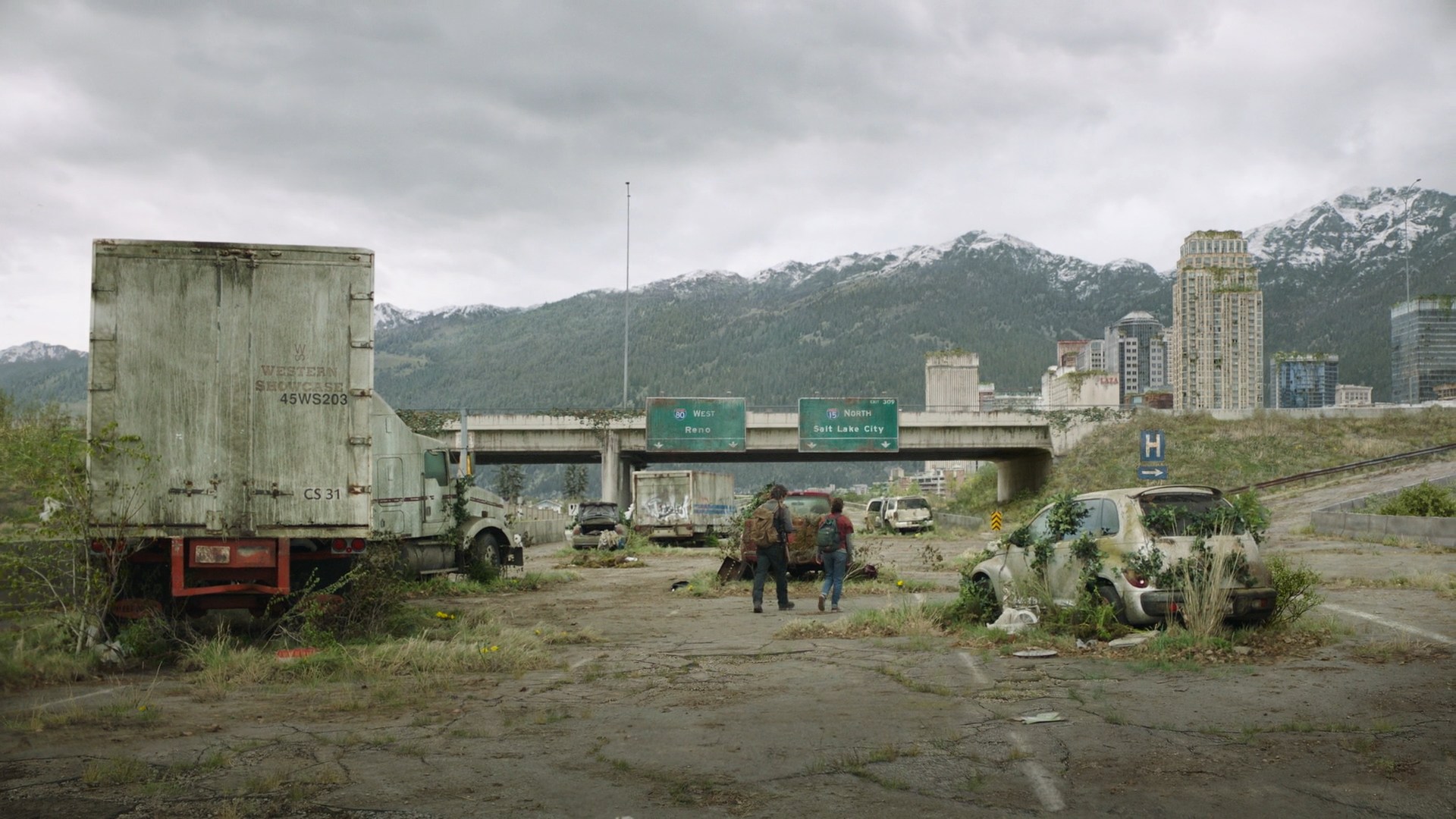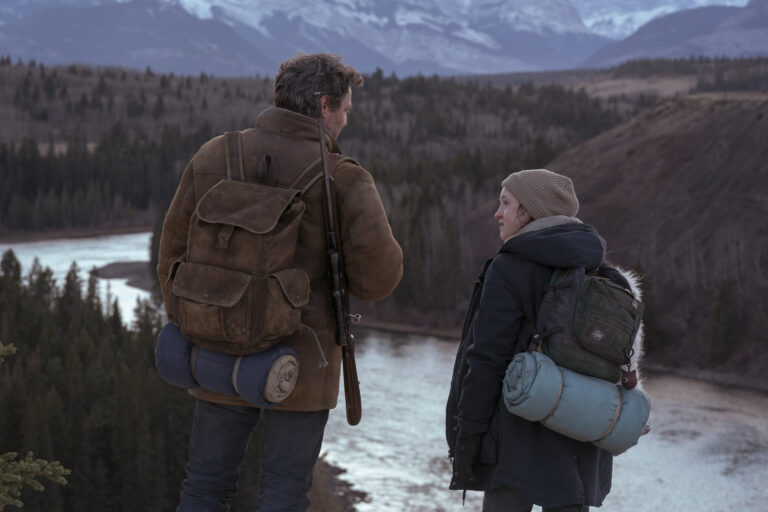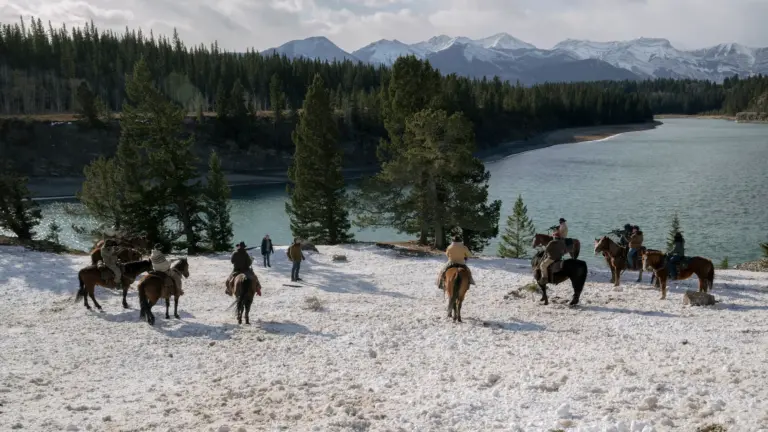Post-apocalyptic shows are like comfort food for the chaos-loving part of our brains. They tap into survival fantasies, moral dilemmas, and the raw, wild edge of humanity. But let’s be real – not all wastelands are created equal. HBO’s “The Last of Us” didn’t just shamble into this overcrowded genre. It stormed in, gripped us by the collar, and demanded we feel something. So, how does it stack up against the likes of “The Walking Dead,” “Station Eleven,” or “Sweet Tooth”? Let’s break it down.

Characters Who Feel Real, Not Like Zombie Fodder
A lot of post-apocalyptic shows drown in their ensemble casts. Sure, more characters mean more drama, but they often feel like cannon fodder. You blink and they’re gone. Not here.
“The Last of Us” zooms in tight on Joel and Ellie. Their story isn’t just about dodging infected or raiders – it’s about rebuilding trust, rediscovering love, and learning how to be human again in a world that seems to have forgotten.
Compare that with “The Walking Dead,” which often stretches itself thin. Yes, Rick, Daryl, and Carol have arcs, but they get lost in the ever-expanding cast and endless subplots. It’s hard to form emotional attachments when characters disappear faster than toilet paper in a pandemic.
What Makes Joel and Ellie Different?
- They’re central from the beginning. We follow them, not ten storylines.
- Their emotional evolution is slow, raw, and real.
- They bring out the best and worst in each other – which makes their bond magnetic.
The Apocalypse Itself: Real Science or Sci-Fi Stretch?
Let’s talk end-of-the-world triggers. “The Last of Us” doesn’t go for the usual nuclear war or generic virus trope. Instead, it leans into something genuinely creepy: the Cordyceps fungus. Inspired by the real Ophiocordyceps unilateralis – a parasite that turns ants into mindless climbers before killing them – the show asks, “What if it mutated to infect humans?”
Now that’s terrifying because it’s plausible.
Meanwhile, “Station Eleven” and “Sweet Tooth” both use pandemic narratives. Timely? Yes. But they don’t pack the same biological bite. The Cordyceps concept roots “The Last of Us” in a grounded horror. It feels real. It sticks with you.
Hope Isn’t Dead (Yet)
Post-apocalyptic shows love misery. Understandable – the world ended. But nonstop bleakness? That gets old fast. That’s why “The Last of Us” hits different. It lets the light in.
Take the much-discussed episode “Long, Long Time,” which tells the love story of Bill and Frank. It’s not just a detour. It’s a soulful pause. A reminder that beauty, love, and meaning still exist, even in ruins.
Now try comparing that to “The Walking Dead,” which often doubles down on despair. Hope is fleeting. Moments of peace are quickly stomped out by betrayal or death. There’s rarely time to breathe.
So what makes “The Last of Us” shine here?
- It balances horror with heart.
- Side stories aren’t filler – they deepen the world.
- Emotional moments stick longer than the gore.
Adapting Source Material Without Losing the Soul
Adapting video games into TV shows usually ends in tears (and not the good kind). Just ask “Resident Evil” fans. But “The Last of Us”? It pulls off a high-wire act. It stays loyal to the game while adding layers for TV.
How?
- It keeps the key story arcs intact.
- It expands on secondary characters and adds emotional backstories.
- It shifts perspectives (like that early episode from Ellie’s mom’s point of view), enriching the lore.
Other shows adapted from games often fumble here. They either try to reinvent the wheel or overexplain every detail. “The Last of Us” lets silence, glances, and slow pacing do the heavy lifting.
A Visual World That Breathes (and Decays)
You can almost smell the moss and rot in “The Last of Us.”
Nature reclaiming buildings. Streets swallowed by roots. Cities frozen in time. It doesn’t just look good – it tells a story. The visual storytelling is off the charts. There’s elegance in the decay.
Sure, “Station Eleven” has some beautiful cinematography too, especially when the Traveling Symphony performs in the wreckage of old America. But “The Last of Us” adds tension to every shadow. The world doesn’t just exist; it lives, breathes, and threatens.
Dialogue That Cuts Deep
Quick test: What lines can you quote from “The Walking Dead” without Googling? Now think about Joel saying, “You have no idea what loss is.”
Oof.
The writing in “The Last of Us” isn’t just functional. It hits you. Characters don’t talk like exposition machines. They ramble, fumble, and fall silent. That awkward humanity? That’s gold.
Why It Matters Now
In a post-COVID world, stories about pandemics, survival, and isolation hit harder. But not all stories know what to do with that weight. “The Last of Us” doesn’t just acknowledge it. It builds on it.
It’s not just about surviving. It’s about choosing to live.
And the Winner Is…
Okay, maybe not “winner” exactly – art isn’t a sport. But if you pit “The Last of Us” against the big names in the genre, it carves out its own lane.
It’s more emotionally grounded than “The Walking Dead.” It’s more visceral and scary than “Station Eleven.” And it’s definitely more faithful and thoughtful than other game adaptations.
So what sets it apart?
- A deeply emotional core
- Smart use of grounded science
- Rich character arcs with room to breathe
- Gorgeous, storytelling visuals
- Dialogue that leaves bruises
“The Last of Us” isn’t just another apocalypse story. It’s the kind of show that reminds us why we tell stories at all – to understand what it means to be human, even when the world falls apart.
And if the Cordyceps ever do evolve to take over humanity? Well, at least we’ll know who warned us first.




